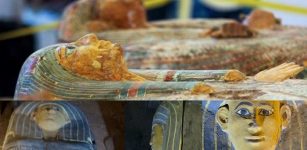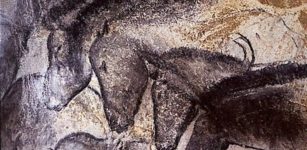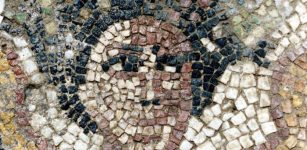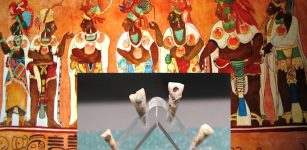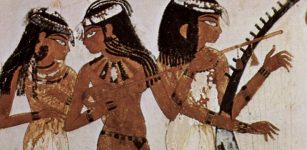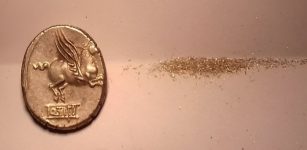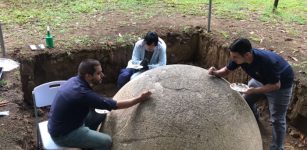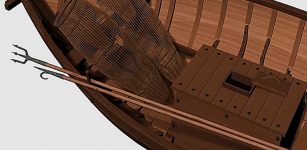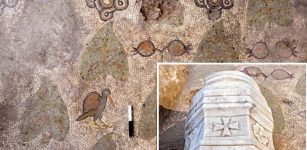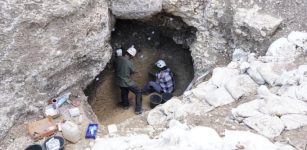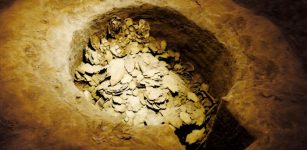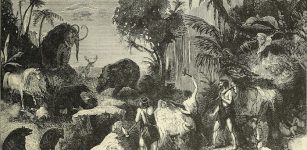7th Century Inscription Found On Stone At Tintagel Castle In Cornwall, UK
AncientPages.com - A stone inscribed with Latin writing and Greek letters as well as Christian symbols – all dating from the 7th century has been excavated at Tintagel Castle, we read on English Heritage website.
“The 1300-year-old letters, words and symbols appear to be the work of someone practicing writing. They indicate that this person was familiar with both the informal style of writing used for documents and the formal script used in the illuminated Gospel books of the period.
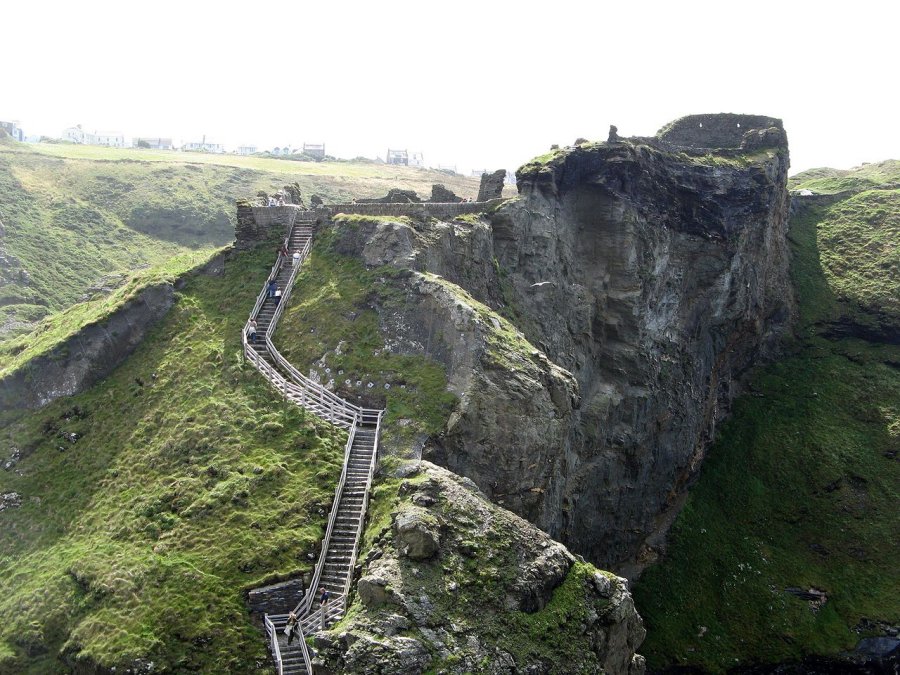
Mainland Courtyard of Tindagel Castle, Cornwall, England . Credit: Own work, Rawac, image via wikipedia
This lends further weight to the theory that Tintagel was a royal site with a literate Christian culture, and a network of connections stretching from Atlantic Europe to the eastern Mediterranean.
See also:
Illuminated Ancient Manuscripts Reflect 1,000 Years Of Human History
Inscribed writing from the early Middle Ages rarely survives so this new discovery is particularly unusual.
The stone includes Roman and Celtic names – ‘Tito’ (Titus) and ‘Budic’ – hinting at a thriving multicultural community in this corner of Cornwall. The Latin words ‘fili’ (son) and ‘viri duo’ (two men) also appear. The stone itself – a two foot long piece of Cornish slate – served as a window ledge in a building which seemed to be part of a major early medieval settlement.
“It’s incredible to think that 1300 years ago, on this dramatic Cornish cliff-top, someone was practising their writing, using Latin phrases and Christian symbols,” said English Heritage Curator Win Scutt.
“We can’t know for sure who made these marks or why, but what we can say is that 7th century Tintagel had professional scribes who were familiar with the techniques of writing manuscripts –– and that in itself is very exciting.
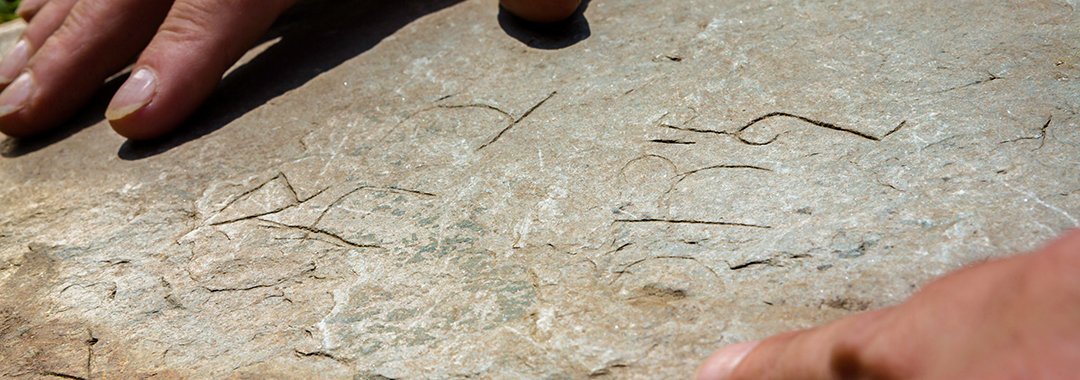
Detail of an inscription on a slate discovered at Tintagel Castle in Cornwall. English Heritage has revealed the find ahead of it going on display at the Cornish castle. © English Heritage/Christopher Ison
“Our ongoing research has already revealed the extent of Tintagel’s buildings and the richness of the lifestyle enjoyed here. This latest find goes one step further to show that we have a literate, Christian community, with strong connections from Atlantic Europe to the Mediterranean. Writing was a privileged pursuit, undertaken by specialist scribes attached to the Church or wealthy households. The discovery of this stone supports the idea that Tintagel was an important, thriving trade port, and a high-status settlement which could have been the seat of Cornish kings.”
Michelle Brown from the University of London is an expert on writing, and she will work with textual expert Oliver Padel, to decipher the inscription.
"The survival of writing from this period is rare and this is a very important find, especially in terms of the continuity of a literate Christian tradition in post-Roman Cornwall. The lettering style and language used, as well as Christian symbols exhibiting Mediterranean influence and contacts, all reveal precious clues to the culture of those who lived at Tintagel in the 7th century," Brown said.
The inscribed stone is the second example of early medieval writing to be found at Tintagel. The first, was found twenty years ago and it was covered with several words including the Celtic name ‘Artognou’.
Like the Artognou stone before it, the newly discovered stone will be the subject of much analysis. X-ray fluorescence (XRF) analysis has not revealed the survival of any colouring, but it is hoped that high resolution scanning will reveal how the marks were engraved.
In the meantime the stone will go on display at Tintagel Castle from Saturday 16 June, writes English Heritage.
AncientPages.com

